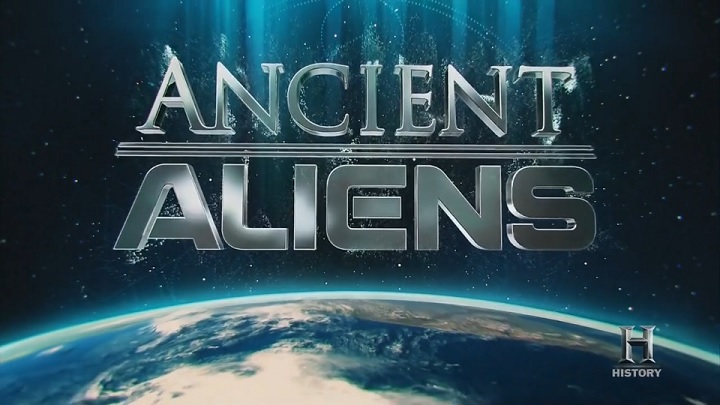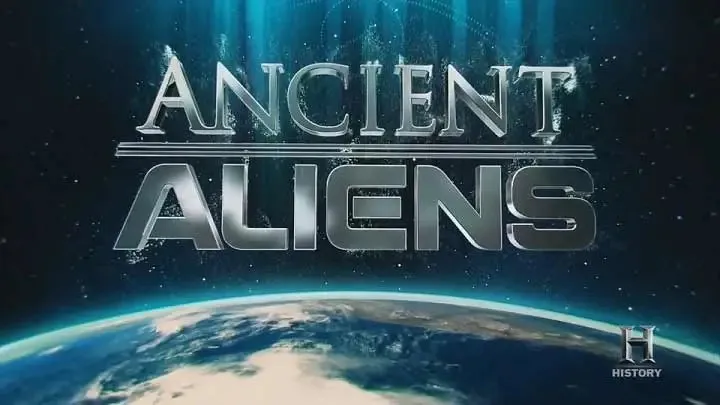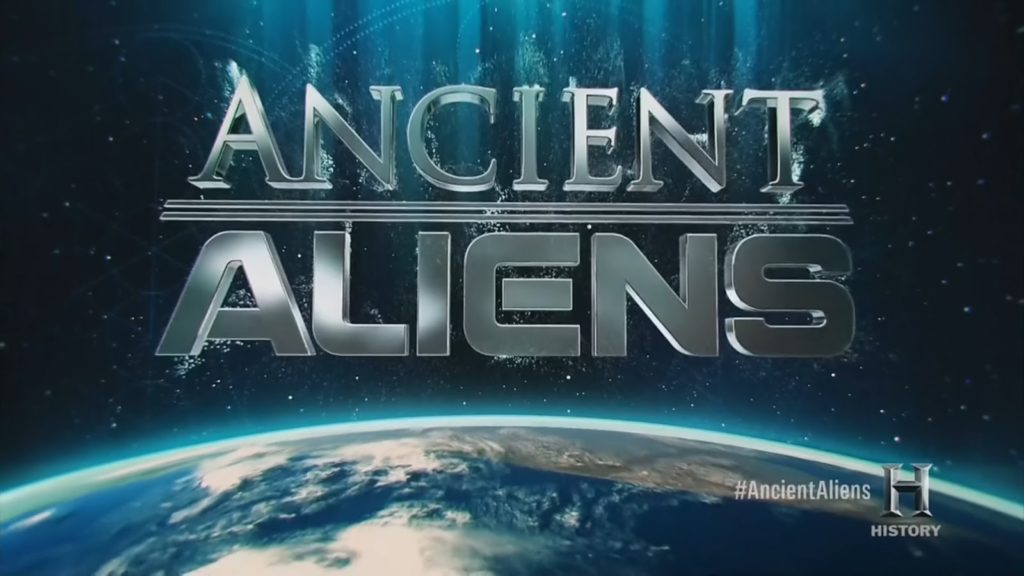Ancient Aliens – Alien Devastations: If ancient aliens visited Earth, were they responsible for catastrophes, wars and other deadly disasters to control the fate of the human race?
The story of the Great Flood sent by deities to destroy civilizations exists in many prehistoric cultures. There are ancient descriptions of extraterrestrial battles that caused wide-scale destruction, and even reports of UFOs lurking in the shadows of recent natural disasters. The Book of Revelations and the Dead Sea Scrolls describe a future apocalyptic battle between good and evil that will destroy our world. Are these ancient texts proof that aliens are hostile and planning a violent return? Or might they be our saviors, ensuring our survival as a species during times of devastation?
Ancient Aliens – Alien Devastations
Flood myth
A flood myth or deluge myth is a narrative in which a great flood, usually sent by a deity or deities, destroys civilization, often in an act of divine retribution. Parallels are often drawn between the flood waters of these myths and the primaeval waters found in certain creation myths, as the flood waters are described as a measure for the cleansing of humanity, in preparation for rebirth. Most flood myths also contain a culture hero, who “represents the human craving for life”.
The flood myth motif is found among many cultures as seen in the Mesopotamian flood stories, Deucalion and Pyrrha in Greek mythology, the Genesis flood narrative, Pralaya in Hinduism, the Gun-Yu in Chinese mythology, Bergelmir in Norse mythology, in the arrival of the first inhabitants of Ireland with Cessair in Irish mythology, in the lore of the K’iche’ and Maya peoples in Mesoamerica, the Lac Courte Oreilles Ojibwa tribe of Native Americans in North America, the Muisca, and Cañari Confederation, in South America, Africa, and some Aboriginal tribes in Australia.
Dead Sea Scrolls
The Dead Sea Scrolls (also Qumran Caves Scrolls) are ancient Jewish religious manuscripts found in the Qumran Caves in the Judaean Desert, near Ein Feshkha on the northern shore of the Dead Sea. Scholarly consensus dates these scrolls from the last three centuries BCE and the first century CE.
The texts have great historical, religious, and linguistic significance because they include the second-oldest known surviving manuscripts of works later included in the Hebrew Bible canon, along with deuterocanonical and extra-biblical manuscripts which preserve evidence of the diversity of religious thought in late Second Temple Judaism. Almost all of the Dead Sea Scrolls are currently in the collection of the Government of the State of Israel, with ownership disputed with Jordan and the Palestinian Authority, and they are housed in the Shrine of the Book on the grounds of the Israel Museum.




